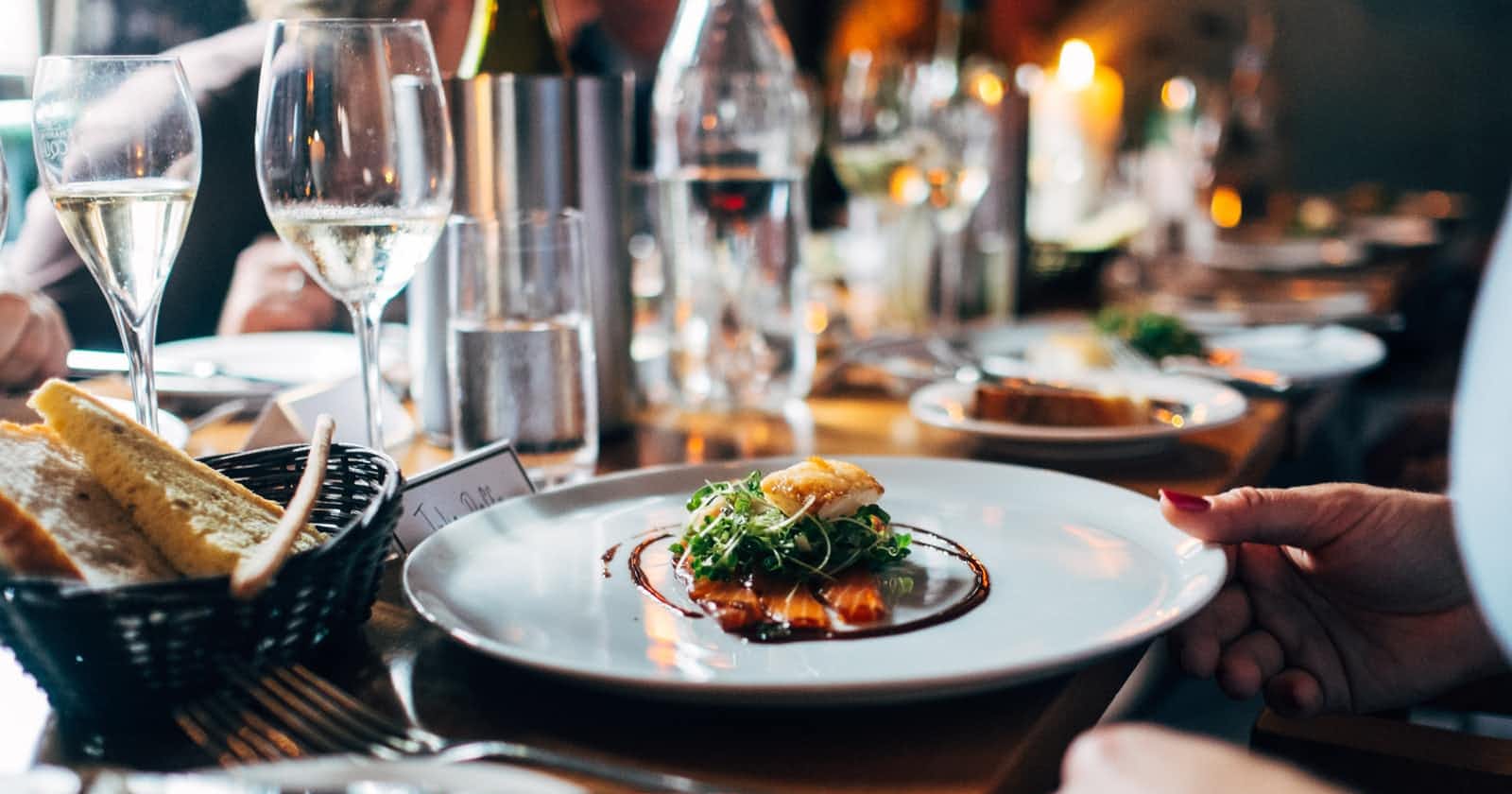
Photo by Jay Wennington on Unsplash
Food and culture, how can culinary tradition shape new social progression
Food is an important aspect of every social gathering in Thailand, and it is frequently used as a social event or a reason to celebrate. This is partly due to Thai people's pleasant, social character, but it's also related to the way food is ordered, presented, and consumed. Food brings people together and allows them to share, among tools, ingredients and more.
The Most Important Flavors
Salty, sweet, sour, bitter, and spicy are the five primary characteristics of a typical Thai meal. Most Thai dishes aren't considered complete until they include all five. While the spice can be hot for a foreign palate, Thai cuisine ensures that all flavors are balanced.
A group of Thai diners might consume a range of meat and/or fish dishes, as well as vegetables, a noodle dish, and sometimes soup, when dining out or preparing a dinner at home. Except for the soup, which each individual may order, or each person receives a personal bowl to get a serving of the soup, everything is shared. Fresh fruit, such as pineapple or any of the myriad of tropical fruits found across the country, can be served as a dessert (guava, durian, mangosteen, papayas, bananas, tamarind, or mangoes, amongst many). It could also be something more sophisticated, such as colorful rice cakes, coconut rice dumplings, grass jelly, or a bean dessert.
Thais eat slowly and thoroughly, as a meal is also an occasion to socialize.
Thai Cuisine's Influences
The flavors of modern-dayThailand have their origins in ancient history. The Thai people established what is now known as the heart of Siamese cuisine: various varieties of meat and seafood coupled with rice, local vegetables, herbs, and spicy garlic and pepper as early as the 13th century. Later, the Chinese brought noodles and the most significant Thai cooking utensil, the steel wok, to Thailand.
Thai cuisine is significantly influenced by Indian spices and flavors, as evidenced by the country's famous green, red, and yellow curries. Thai curries are difficult to confuse with Indian curries since they include many Indian spices in their pastes while yet retaining their own distinct flavors thanks to indigenous ingredients like Thai holy basil, lemongrass, and galangal.
Other adjacent countries, including as Vietnam, Cambodia, Indonesia, Laos, Burma, and Malaysia, have influenced Thai cuisine. The complex flavor of modern Thai cooking—one of the world's fastest-growing and most popular cuisines—is the result of so many diverse influences.
Rice
Rice is one of the most important ingredients in Thai cuisine. Rice is the most commonly offered dish at all meals, and it is never wasted. Thailand grows and offers a wide range of rice varietals, with Jasmine being the most popular but also the most expensive. White rice is plentiful and less expensive than Jasmine rice while still being tasty. Glutinous, or sticky rice, is also rather prevalent, and white rice is abundant and less expensive than Jasmine rice while still being delicious. Cooks pay close attention to the quality of the rice they purchase, and they have a variety of ways for cooking it, including what temperature to use, how much water to use, how to steam it, and for how long. Rice has the power to make or shatter a dish.
Noodles are widely available, but not as widely as rice. Unlike rice, which is usually presented to a group, noodle meals are frequently served to individuals.
Presentation Is Crucial
Another major part of Thai culture is the proper presentation of food. The eating experience is influenced by attention to detail and how appealing it appears when delivered. Regardless of the delicious flavors, the dish must be visually appealing, and this feature symbolizes Thai culture's reverence for its cuisine and ingredients. The presentation of Thai cuisine is among the best in the world; Palace-style stir-fries incorporate artistically carved vegetables within the dish itself, and serving platters are adorned with a variety of flower-carved vegetables and fruits. Chefs are taught how to carve because food requires a level of attention that goes beyond cooking and into the realm of aesthetics.
The majority of the dishes are served in bite-size portions, which is a smart technique to get past Buddhism's prohibition on cooking a whole animal. So, before cooking, fish, beef, hog, and chicken are sliced, along with all of the other chopped and cubed components.
Snacks aplenty
Thais are well-known "snackers" in addition to their meals. At Thailand, it is simple to pick up a quick but excellent snack for pennies along the roadside or in markets. Spring rolls, chicken or beef satay, raw veggies with spicy dip, soups, salads, and sweets are all popular snacks.
Cutlery and Eating Styles in Thailand
Despite the fact that the Chinese introduced chopsticks to Thailand many years ago, most Thais prefer to utilize Western silverware in their own unique fashion. A fork and a large spoon are the most common pieces of Thai silverware. The fork helps to arrange the food on the spoon before bringing it to the mouth, and the spoon is held in the right hand and used in place of a knife. There is no need for a knife because all of the components in the recipes are already sliced up.
Thais do not mix different meals on their plates when dining; instead, they try one dish at a time, always with a mound of Thai fragrant rice on a separate plate. Bowls are primarily used for soup, not as a substitute for a plate, as in other Asian cultures.
There is no way to get rid of the leftovers when the meal is finished. The Thai god of rice, a female divinity that watches over the people and ensures that everyone has enough to eat, is enraged by food waste. If food is thrown away, bad luck or perhaps widespread starvation may result.

